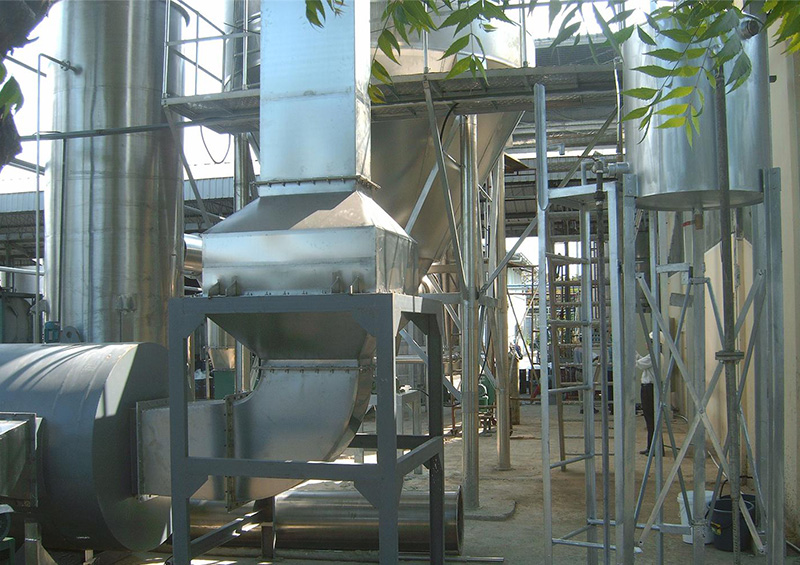High-Speed Centrifugal Spray Dryer: Innovative Technology Enhancing Product Quality
 Nov 30, 2023|
Nov 30, 2023| View:1011
View:1011The high-speed centrifugal spray dryer is a state-of-the-art device designed to rapidly and efficiently dry liquid or slurry materials into fine powder particles. Unlike traditional drying methods, this technology employs centrifugal force and a high-velocity hot gas stream to atomize the liquid feed into tiny droplets. These droplets are then quickly dried as they come into contact with the hot gas, resulting in the desired powdered product.

One of the significant advantages of the high-speed centrifugal spray dryer is its exceptional drying speed. The high rotational speed of the centrifuge creates a large surface area for heat and mass transfer, allowing for rapid evaporation of moisture. This swift drying process minimizes the exposure time of the material to high temperatures, reducing the risk of thermal degradation and preserving the product's quality and characteristics.
Furthermore, the high-speed centrifugal spray dryer offers precise control over process parameters, ensuring consistent and uniform drying results. The equipment allows for adjustable temperature, gas flow rate, and feed rate, enabling operators to optimize drying conditions for different materials and achieve the desired moisture content and particle size distribution.
This innovative drying technology has found applications in various industries, including pharmaceuticals, food and beverages, chemicals, and ceramics. It is particularly valuable in the production of powdered products such as instant coffee, milk powder, pharmaceutical excipients, and powdered detergents.
The introduction of the high-speed centrifugal spray dryer marks a significant milestone in the field of drying technology. Its ability to deliver fast and high-quality drying results opens up new possibilities for manufacturers, enhancing product quality and efficiency across industries. As this technology continues to evolve, we can expect further advancements that will shape the future of drying processes.








